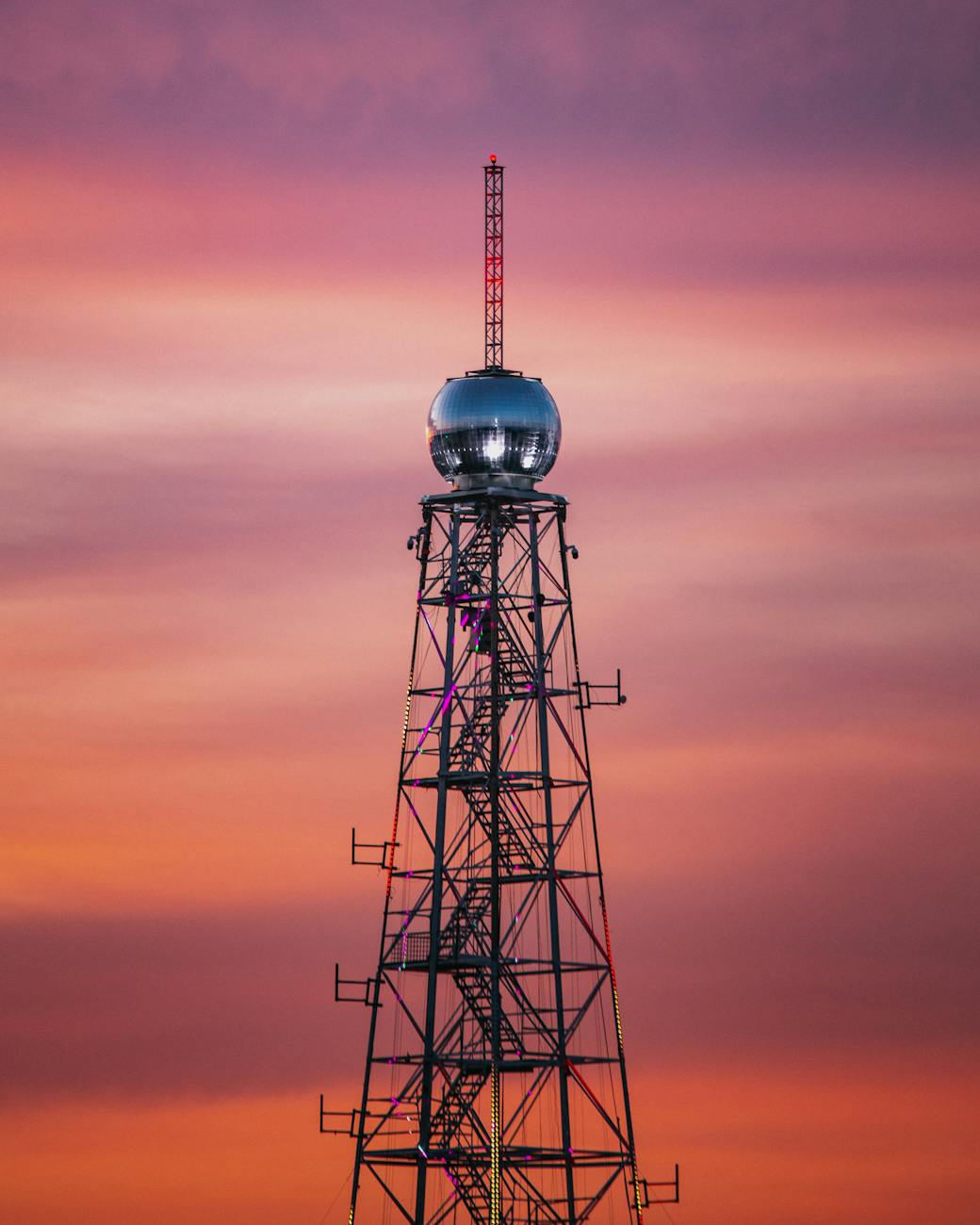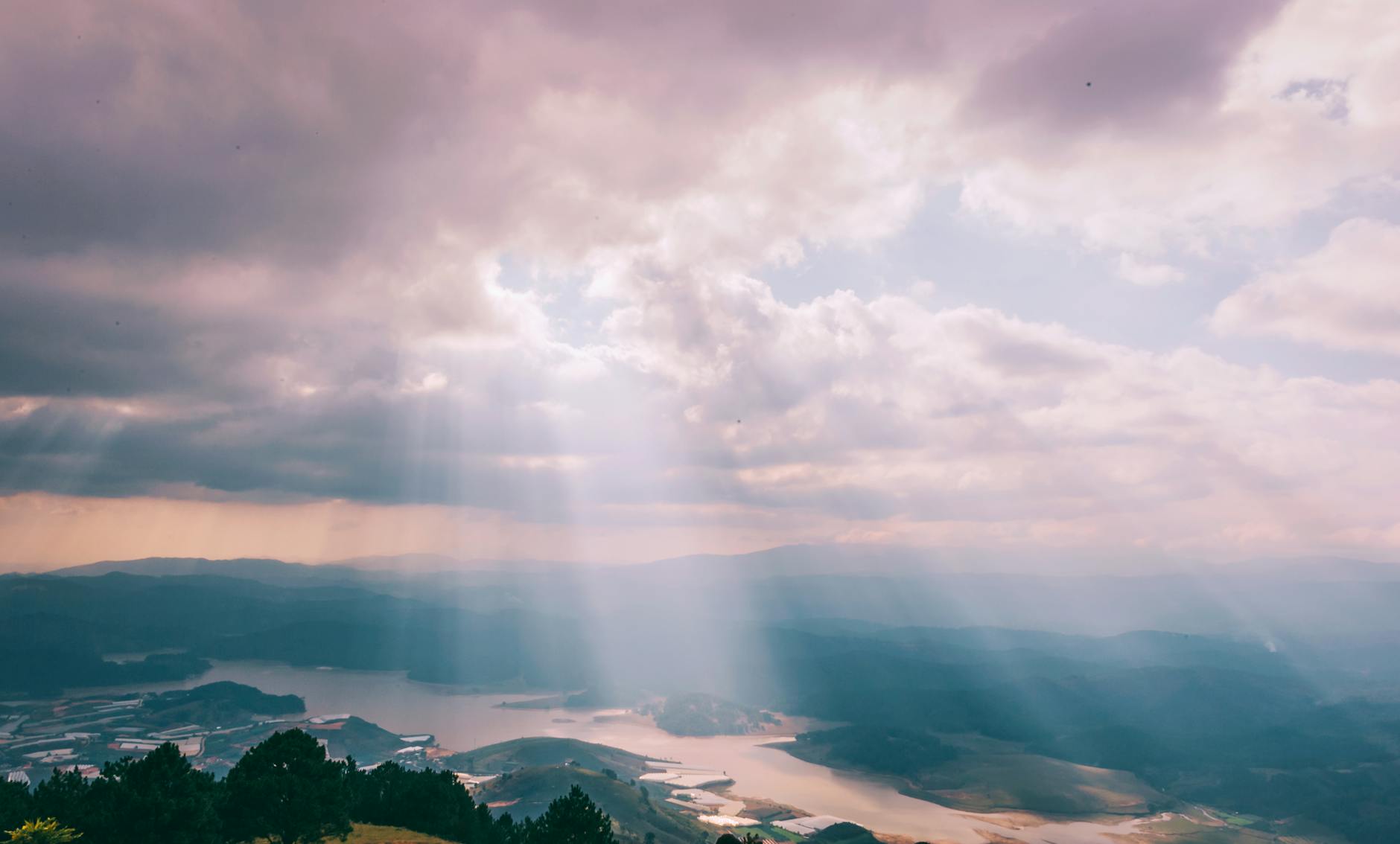!
“Luminous Landscape”:http://luminous-landscape.com/tutorials/prophoto-rgb.shtml also has a good turorial on ProPhotoRGB while “earthboundlight”:http://www.earthboundlight.com/phototips/prophoto-rgb.html cautions folks that for 8-bit/color (e.g., 24-bit images) sRGB is best because in 8-bit color, you want the colors to be close together for more accuracy, otherwise you get banding (as “earthboundlight”:http://www.earthboundlight.com/phototips/srgb-versus-adobe-rgb-debate.html explains. But with 16-bit (48-bit total) should use Adobe RGB as this is all that paper today can produce and there are many more colors available.
Bigger images will need to wait for higher bits 20-bit (60-bit total color). Of course with digital cameras, it is going to be a long day before they can produce so many colors. It is only with film that you get such broad range of colors. With Vuescan, you can put them into either ProPhoto RGB or Ektaspace, the two widest and the Photoshop CS can read in the photo and the gamut information too.
Two large-gamut alternatives to Adobe RGB are Ekta Space PS5 and ProPhoto RGB. Ekta Space was designed by landscape photographer Joseph Holmes to encompass the entire gamut of Ektachrome films (however, it’s suitable for any E6 film because the dyes used in all E6 films are similar). ProPhoto RGB was developed by Kodak and is of interest to digital photographers because it’s the only large-gamut alternative available in Adobe Camera Raw (ACR).





